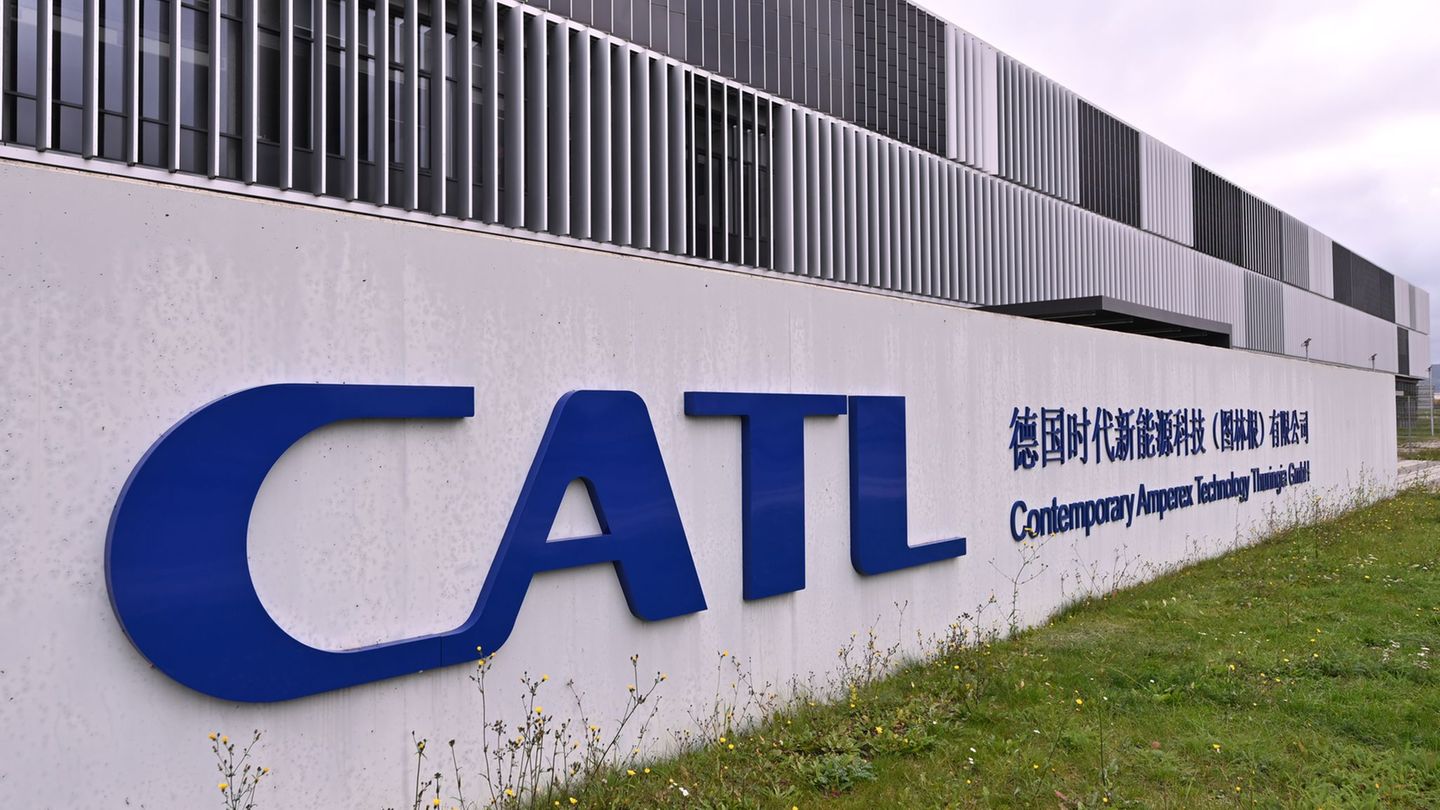The Argentine Social Debt Observatory also stated that the poorest urban agglomeration in the country is Gran Resistencia, Chaco, where the poverty rate rises to 79.5% and indigence to 38.6%.
The Observatory of the Argentine Social Debt (ODSA) directed by the Catholic University of Argentina (UCA) revealed the worrying numbers left by the recession in the country: the index of Poverty reached 54.9% and the homelessness at 20.3% during the first quarter of 2024.
The content you want to access is exclusive for subscribers.
This measurement takes into account the database of the Permanent Household Survey (EPH) published by Indec. In its latest report, the OSDA had already stated that poverty reached 55.5% and indigence 18.5% of the country.


The organization led by Marco Lavagna renewed its poverty figure that indicated a 20.3%.
These numbers are above the fourth quarter of 2023 where the poor comprised 45.2% of the population, and indigence 14.6%.
Furthermore, the data is even more relevant when compared to that of the first half of 2023where poor households were from 29.6% (40.1% of people) and the homelessness was at 6.8% (9.3% of people). Which shows a 14.8% increase in the number of poor people and 11% increase in extreme poverty in 9 months7 of them under the government of Javier Milei.
In detail, the report also states that the poorest urban agglomeration in the country is Great ResistanceChaco, where the index scales up to 79.5% in poverty and the homelessness at 38.6%. In contrast, the The city of Buenos Aires has the lowest level of poverty in the country, with 25.5% and an indigence rate of 8.5%.
Poverty levels in urban agglomerations in Argentina
- High Resistance: 79.5%
- Formosa: 72.1%
- La Rioja: 68.0%
- S. del Estero/La Banda: 67.1%
- Concordia: 67.0%
- GBA matches: 61.9%
- Greater Santa Fe: 60.6%
- Greater Tucuman/Tafi Viejo: 60.2%
- Greater San Juan: 58.0%
- Greater Catamarca: 57.3%
- Viedma/Carmen de Patagones: 57.1%
- Salta: 56.8%
- Rawson/Trelew: 56.5%
- Currents: 55.7%
- Inns: 55.7%
- Jujuy/Palpalá: 54.1%
- Gallegos River: 53.8%
- Rio Cuarto: 53.5%
- Greater Mendoza: 52.5%
- Greater La Plata: 52.4%
- Mar del Plata/Batan: 52.2%
- San Nicolas/Villa Constitution: 52.2%
- Greater Cordoba: 50.7%
- Rivadavia/Rada Tilly District: 50.5%
- Greater Parana: 50.5%
- Greater Rosario: 49.1%
- San Luis/El Chorrillo: 48.3%
- Ushuaia/Rio Grande: 47.6%
- Bahia Blanca/Cerri: 45.8%
- Neuquen/Plottier: 36.6%
- Santa Rosa/Toay: 36.2%
- City of Buenos Aires: 25.4%
- Total Country: 54.9% .
- Poverty Levels by Urban Agglomeration – First Quarter of 2024.
- Great Resistance: 38.6%
- S. del Estero/La Banda: 29.9%
- Concordia: 25.7%
- GBA matches: 25.1%
- Formosa: 24.0%
- San Nicolas/Villa Constitution: 21.9%
- Greater Rosario: 21.4%
- Inns: 20.7%
- Greater La Plata: 20.1%
- Greater Tucuman/Tafi Viejo: 19.7%
- Jujuy/Palpalá: 19.5%
- Greater San Juan: 19.2%
- Salta: 19.2%
- Greater Santa Fe: 18.3%
- Greater Cordoba: 16.8%
- Greater Catamarca: 16.4%
- Santa Rosa/Toay: 15.8%
- Rawson/Trelew: 15.4%
- La Rioja: 15.1%
- Currents: 15.0%
- Greater Mendoza: 14.2%
- Bahia Blanca/Cerri: 14.1%
- Rivadavia/Rada Tilly District: 14.1%
- Neuquen/Plottier: 14.0%
- Viedma/Carmen de Patagones: 13.6%
- Greater Parana: 13.4%
- Rio Cuarto: 13.2%
- Gallegos River: 11.8%
- Ushuaia/Rio Grande: 11.2%
- Mar del Plata/Batan: 10.2%
- San Luis/El Chorrillo: 9.0%
- City of Buenos Aires: 8.5%
- Total Country: 20.3%
Source: Ambito




